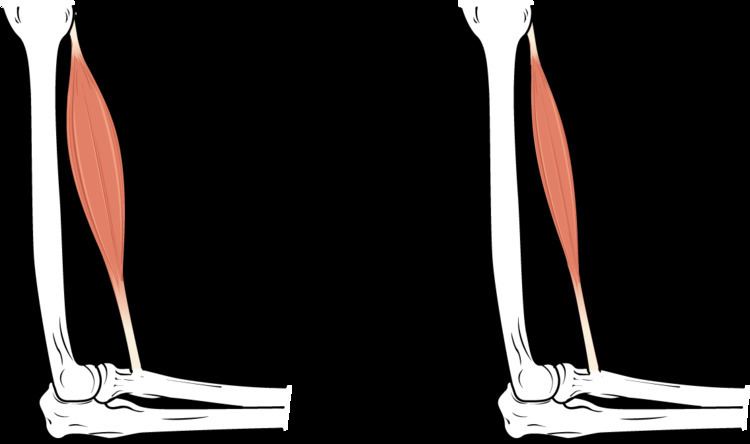Specialty neurology eMedicine article/1180214 | ICD-9-CM 359.0 | |
 | ||
Congenital muscular dystrophies are autosomal recessively-inherited muscle diseases. They are a group of heterogeneous disorders characterized by muscle weakness which is present at birth and the different changes on muscle biopsy that ranges from myopathic to overtly dystrophic due to the age at which the biopsy takes place.
Contents
Classification(Different types of Congenital muscular dystrophies)
The subtypes of congenital muscular dystrophy have been established through variations in multiple genes. It should be noted that phenotype, as well as, genotype classifications are used to establish the subtypes, in some literature.
One finds that congenital muscular dystrophies can be either autosomal dominant or autosomal recessive in terms of the inheritance pattern, though the latter is much more common
Individuals who suffer from congenital muscular dystrophy fall into one of the following types:
Signs/symptoms
Most infants with CMD will display some progressive muscle weakness or muscle wasting (atrophy), although there can be different degrees and symptoms of severeness of progression. The weakness is indicated as hypotonia, or lack of muscle tone, which can make an infant seem unstable.
Children may be slow with their motor skills; such as rolling over, sitting up or walking, or may not even reach these milestones of life. Some of the more rarer forms of CMD can result in significant learning disabilities.
Genetics
The genetics of congenital muscular dystrophy are autosomal recessive which means two copies of an abnormal gene must be present for the disease or trait to happen. In the case of collagen VI-deficient, it is autosomal dominant, which means you could inherit the gene in question from one parent.
The prevalence for congenital muscular dystrophy seems to be between 2.6-4.5 in 10,000 according to Reed, 2009. MDCIA, for example is due to a mutation in the LAMA-2 gene and is involved with the 6q2 chromosome.
Diagnosis
In terms of the diagnosis on congenital muscular dystrophy, the following tests/exams are done:
Management
In terms of the management of congenital muscular dystrophy the American Academy of Neurology recommends that the individuals need to have monitoring of cardiac function, respiratory, and gastrointestinal. Additionally it is believed that therapy in speech, orthopedic and physical areas, would improve the persons quality of life.
While there is currently no cure available, it is important to preserve muscle activity and any available correction of skeletal abnormalities (as scoliosis).Orthopedic procedures, like spinal fusion, maintains/increases the individuals prospect for more physical movement.
